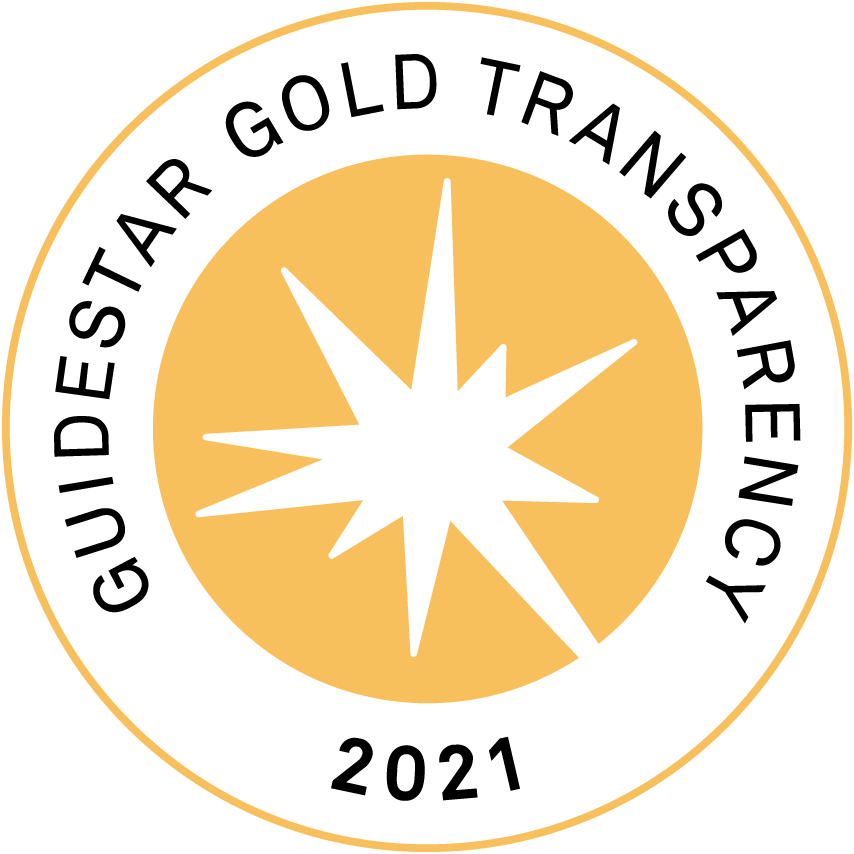Complete Story
Sunglasses Aren’t Just For Summer Anymore
It’s hard to imagine that UV rays from the sun are harmful this time of year, when the stinging winds of winter are swirling around and temperatures barely rise above freezing. When putting on your gloves, hat and scarf this winter, remember to put on the one accessory that should be worn during every season -- sunglasses. The New Jersey Society of Optometric Physicians (NJSOP) reminds you that the sun’s damaging effects are a concern throughout the year, regardless of the temperature outside.
In addition to visible light, the sun gives off ultraviolet radiation. This radiation is divided into three types: UV-A, UV-B, and UV-C. The earth’s ozone layer absorbs UV-C radiation, leaving sunglasses to protect against UV-A and UV-B rays.
Fashion glasses don’t always protect your eyes from damaging UV rays.
Studies indicate that long-term exposure to UV-A and UV-B rays can contribute to the development of cataracts; retinal problems; benign growths on the eye’s surface; cancer of the eyelids and skin around the eyes; and photokeratitis, a temporary but painful sunburn of the eye’s surface.
It is especially dangerous not to wear sunglasses after a snowfall, as it can cause a debilitating condition called “snow blindness.” Snow blindness is a painful condition caused by exposure of unprotected eyes to sunlight reflected from snow.
“The problem is that snow reflects 85 percent of ultraviolet B, the culprit wavelengths that cause snow blindness,” said optometric physician Kimberly Friedman, O.D. “In fact, high exposure to UV-B rays can cause a corneal burn within one hour.”
“Although they might not become apparent for six to 12 hours, symptoms include: excessive tearing, pain, redness, swollen eyelids, pain when looking at light, headache, a gritty sensation in the eyes and decreased (hazy) vision,” said Friedman, who has a practice in Moorestown.
According to Friedman, Immediate Past-President of the NJSOP, children and teenagers are particularly susceptible to the sun’s damaging rays.
It’s a good idea to wear sunglasses to the beach. But remember sun & snow can be just as dangerous as sun & sand.
“Kids and teens typically spend more time outdoors than adults and the lenses of their eyes are more transparent than those of adults,” Friedman said. “The danger is that this allows more UV radiation to reach their retinas, the light-sensitive layer at the back of each eye. It’s a good idea for kids to wear protective snow goggles or sunglasses when playing in the snow.”
Friedman said the best protection against the sun’s damaging rays is consistent use of sunglasses and offers the following tips for selecting sunglasses with optimum sun protection. Look for sunglasses that:
block out 99-100 percent of UV-A and UV-B radiation;
screen out 75-90 percent of visible light (fashion-tinted lenses usually do not meet this level);
are perfectly matched in color and free of distortion and imperfection;
have gray, green or brown lenses (gray is best).
Remember that UV radiation effects are cumulative, so it’s important to develop good protection habits early in life. Begin by seeing your optometric physician for your annual comprehensive eye exam and be sure to ask about prescription sunglasses.





